The Interactive Packaging Market is currently characterized by a dynamic competitive landscape, driven by innovation, sustainability, and technological advancements. Key players such as Smurfit Kappa (IE), Mondi Group (GB), and WestRock (US) are actively shaping the market through strategic initiatives that emphasize digital transformation and eco-friendly solutions. Smurfit Kappa (IE) has positioned itself as a leader in sustainable packaging, focusing on circular economy principles, while Mondi Group (GB) is enhancing its product offerings through advanced materials and smart packaging technologies. WestRock (US) is leveraging its extensive supply chain capabilities to provide customized solutions, thereby enhancing customer engagement and operational efficiency. Collectively, these strategies contribute to a competitive environment that prioritizes innovation and sustainability as core growth drivers.
In terms of business tactics, companies are increasingly localizing manufacturing to reduce lead times and optimize supply chains. This approach appears to be particularly effective in a moderately fragmented market, where the collective influence of key players is significant. The emphasis on supply chain optimization not only enhances operational efficiency but also aligns with the growing consumer demand for sustainable practices. As such, the market structure is evolving, with established players adapting to meet the challenges posed by emerging competitors and changing consumer preferences.
In August 2025, Smurfit Kappa (IE) announced the launch of a new line of interactive packaging solutions designed to enhance consumer engagement through augmented reality features. This strategic move underscores the company's commitment to innovation and aligns with the increasing consumer demand for interactive experiences. By integrating technology into packaging, Smurfit Kappa (IE) not only differentiates its offerings but also positions itself to capture a larger share of the market.
In September 2025, Mondi Group (GB) unveiled a partnership with a leading tech firm to develop smart packaging solutions that utilize IoT technology. This collaboration is indicative of Mondi's strategy to integrate digital capabilities into its product lines, thereby enhancing functionality and consumer interaction. The partnership is expected to bolster Mondi's competitive edge by providing customers with innovative solutions that meet the evolving demands of the market.
In July 2025, WestRock (US) expanded its operations in Asia by acquiring a local packaging company, which is anticipated to enhance its market presence in the region. This acquisition reflects WestRock's strategy to strengthen its global footprint and cater to the growing demand for interactive packaging solutions in emerging markets. By leveraging local expertise, WestRock (US) aims to optimize its supply chain and deliver tailored solutions to its customers.
As of October 2025, the competitive trends in the Interactive Packaging Market are increasingly defined by digitalization, sustainability, and the integration of artificial intelligence. Strategic alliances are becoming more prevalent, as companies seek to enhance their technological capabilities and expand their market reach. The shift from price-based competition to a focus on innovation, technology, and supply chain reliability is evident, suggesting that future competitive differentiation will hinge on the ability to deliver unique, value-added solutions that resonate with consumers.


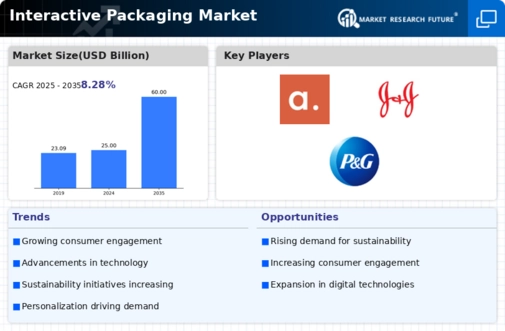
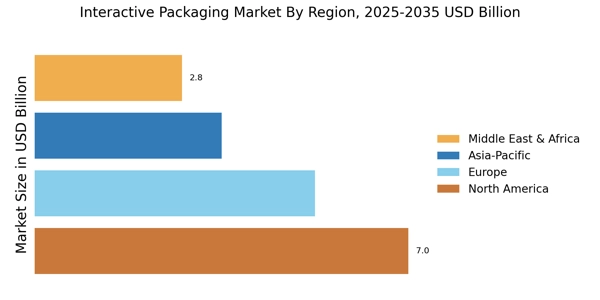


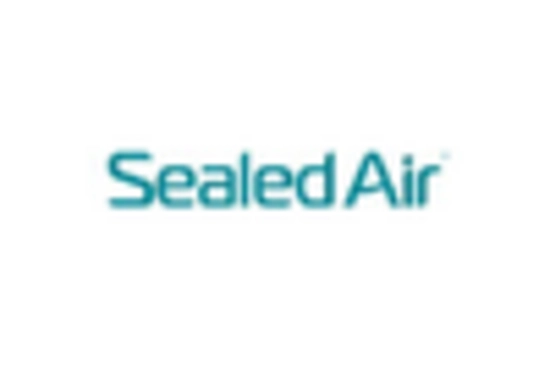

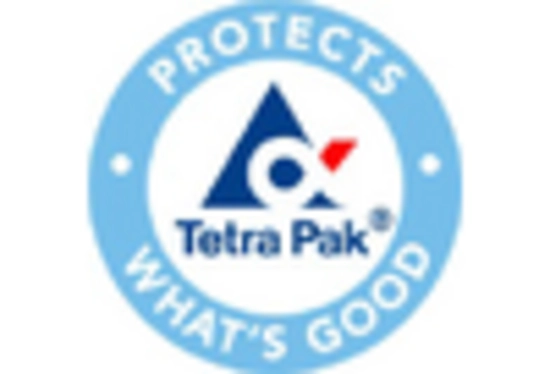
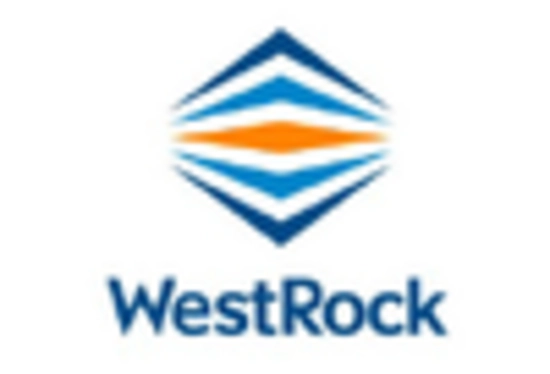








Leave a Comment